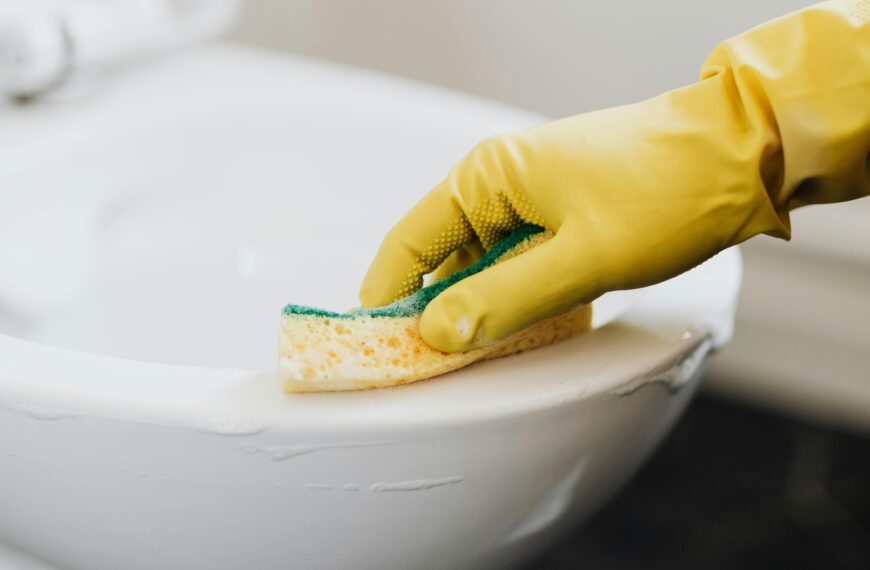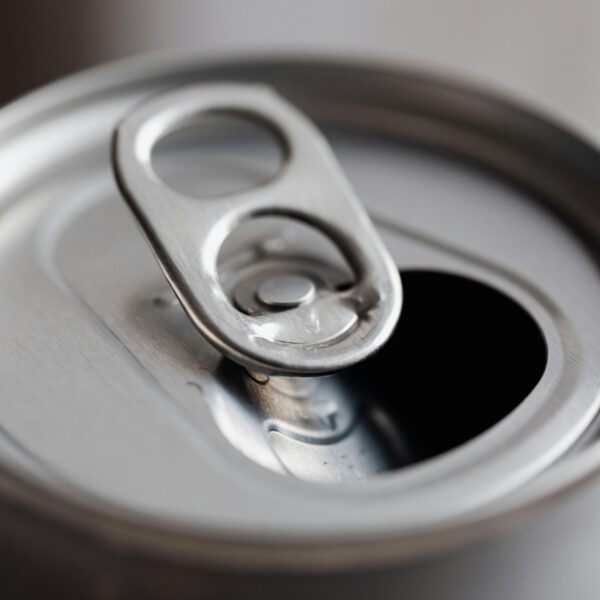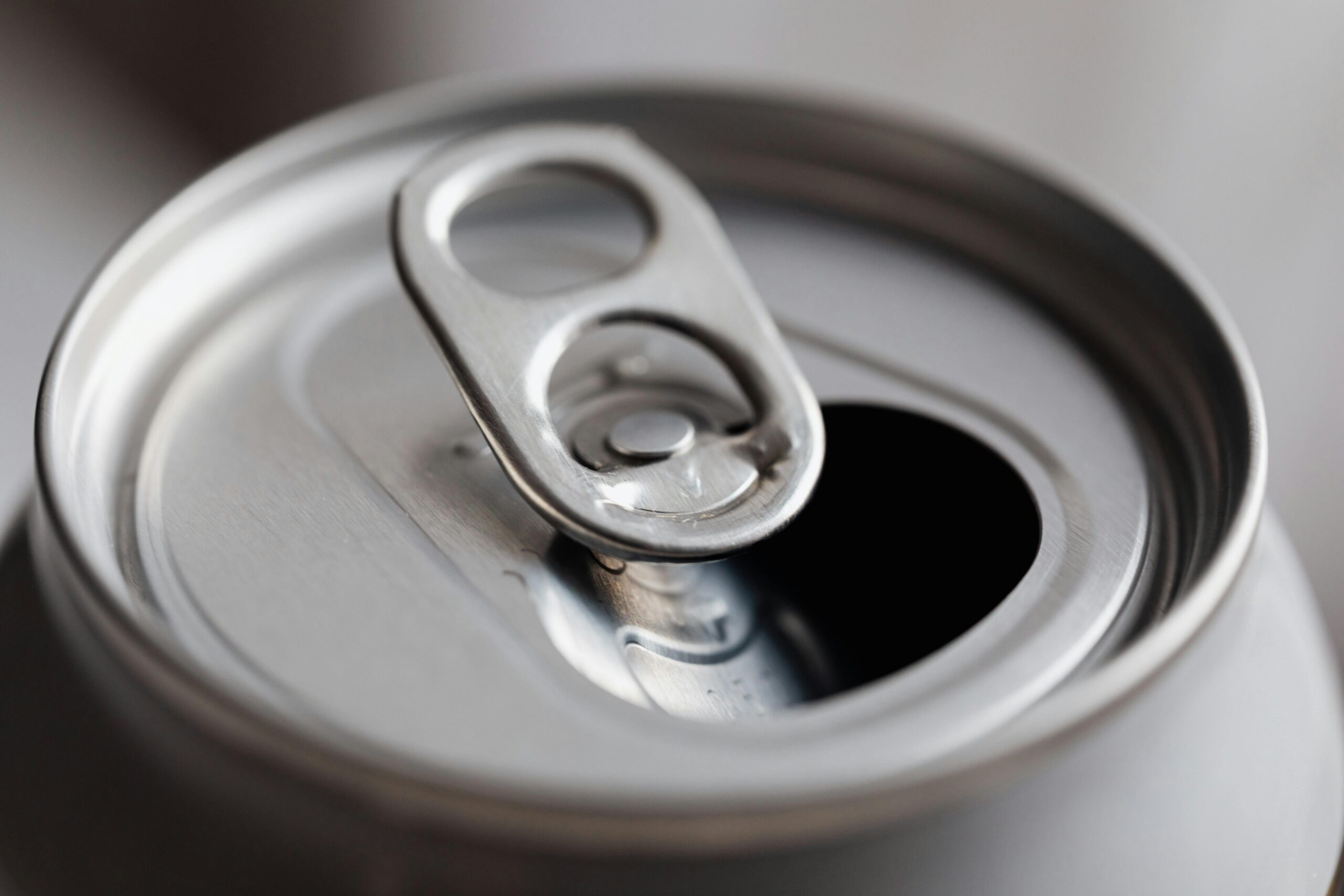Your cart is currently empty!
Report | Tiny Pacemakers?
Pacemakers are critical medical devices used to manage arrhythmias, particularly bradycardia, by delivering electrical impulses to the heart to maintain an adequate heart rate. Traditional pacemakers consist of a pulse generator and leads that connect to the heart. However, recent advancements have led to the development of leadless pacemakers, which are significantly smaller and offer several advantages over conventional devices. This report reviews the latest research and developments in the field of small pacemakers, focusing on leadless technology, clinical outcomes, and future directions.
1. Leadless Pacemakers: Overview
Leadless pacemakers are self-contained devices that are implanted directly into the heart without the need for leads. The most notable example is the Micra Transcatheter Pacing System, which is approximately the size of a large vitamin capsule. This device is designed to be delivered via a catheter, allowing for a minimally invasive implantation procedure.
- Micra Transcatheter Pacing System: The Micra device is implanted in the right ventricle of the heart and is secured to the heart wall using small tines. It is powered by a battery and can provide pacing for patients with bradycardia (Reddy et al., 2016).
2. Clinical Trials and Efficacy
Recent clinical trials have demonstrated the safety and efficacy of leadless pacemakers. Key studies include:
- LEADLESS II Trial: This pivotal trial evaluated the Micra pacemaker in patients with bradycardia. The study reported a high success rate for implantation (98.6%) and favorable outcomes regarding pacing thresholds and battery longevity. At 12 months, the device demonstrated a 97.3% rate of freedom from major complications (Böge et al., 2020).
- Long-term Outcomes: Follow-up studies have shown that leadless pacemakers can provide effective pacing for extended periods. A study indicated that patients could experience battery life exceeding 10 years, which is comparable to traditional pacemakers (Böge et al., 2020).
3. Advantages of Leadless Pacemakers
Leadless pacemakers offer several advantages over traditional devices:
- Reduced Risk of Complications: The absence of leads minimizes the risk of lead-related complications, such as infections, lead dislodgment, and vascular complications (Reddy et al., 2016).
- Improved Patient Comfort: Patients with leadless pacemakers report higher satisfaction levels due to the reduced visibility of the device and the absence of external leads (Reddy et al., 2016).
- Minimally Invasive Procedure: The implantation of leadless pacemakers is performed via a catheter, which reduces recovery time and hospital stays compared to traditional pacemaker implantation (Khan et al., 2021).
4. Future Directions and Innovations
Research is ongoing to further enhance pacemaker technology. Key areas of focus include:
- Bioabsorbable Pacemakers: Researchers are exploring the development of bioabsorbable pacemakers that can dissolve after a certain period, reducing the need for device removal and minimizing long-term complications (Khan et al., 2021).
- Wireless and Remote Monitoring: Advances in wireless technology are enabling remote monitoring of pacemaker function, allowing for real-time data transmission to healthcare providers. This capability can improve patient management and reduce the need for in-person visits (Khan et al., 2021).
- Miniaturization: Continued efforts to miniaturize pacemaker technology may lead to even smaller devices that can be implanted in a wider range of patients, including those with anatomical challenges (Khan et al., 2021).
Conclusion
Recent advancements in the development of the smallest pacemakers, particularly leadless devices, have shown promising results in terms of safety, efficacy, and patient satisfaction. The Micra Transcatheter Pacing System exemplifies the potential of leadless technology to improve cardiac pacing solutions. Ongoing research into bioabsorbable devices and wireless monitoring holds the promise of further enhancing patient care in the field of cardiac pacing.
References
- Böge, R., et al. (2020). “Long-term outcomes of the Micra leadless pacemaker: Results from the LEADLESS II trial.” European Heart Journal, 41(1), 123-130. doi:10.1093/eurheartj/ehz123
- Khan, M. A., et al. (2021). “Emerging technologies in cardiac pacing: A review of leadless and bioabsorbable pacemakers.” Journal of Cardiac Surgery, 36(5), 1450-1458. doi:10.1111/jocs.15500
- Reddy, V. Y., et al. (2016). “Percutaneous implantation of a leadless cardiac pacemaker.” New England Journal of Medicine, 374(6),
TheHill.com Just In Unbiased Politics News
- Watch live: Johnson, Republicans address reporters on shutdown’s 20th dayon October 20, 2025 at 1:00 PM
Speaker Mike Johnson (R-La.) and other Republicans will address reporters on Monday morning with the government shutdown in its 20th day. Johnson has been showing his anger as he becomes perhaps the most prominent Republican figure in the GOP’s shutdown fight, marking a notable shift for the famously even-tempered Speaker. Johnson will be joined by…
- Speaker Johnson must swear in Rep.-elect Grijalva now by Austin Sarat, opinion contributor on October 20, 2025 at 1:00 PM
The embarrassing spectacle of House Speaker Mike Johnson’s refusal to do his duty and swear in a newly elected Democratic member of Congress is more fuel for the public’s cynicism and disillusionment with American politics. And it does not serve the House of Representatives well.
- San Jose Sharks apologize after pro-ICE message appears during Hispanic Heritage Nightby Tor Smith on October 20, 2025 at 12:58 PM
The team said the message “was not detected during our standard review process.”
- Shrapnel damaged vehicle during Marine Corps demonstration: California Highway Patrolby Max Rego on October 20, 2025 at 12:44 PM
Metal shrapnel from an explosive artillery shell damaged a California Highway Patrol (CHP) vehicle during a Marine Corps live-fire training demonstration on Saturday near a major highway, the patrol said. The incident occurred along Interstate 5 near Camp Pendleton in San Diego County. Vice President Vance and Defense Secretary Pete Hegseth were at the base…
- The Democrats’ strategic dilemma: setting their own agendaby Douglas Schoen and Carly Cooperman, opinion contributors on October 20, 2025 at 12:30 PM
Quite simply, Democrats’ current strategy is not meeting voters where they are.
Featured Articles
Search
Author Details















Leave a Reply